Korth Group Outdoor Education, Introduction to Shotgun Choke Tubes
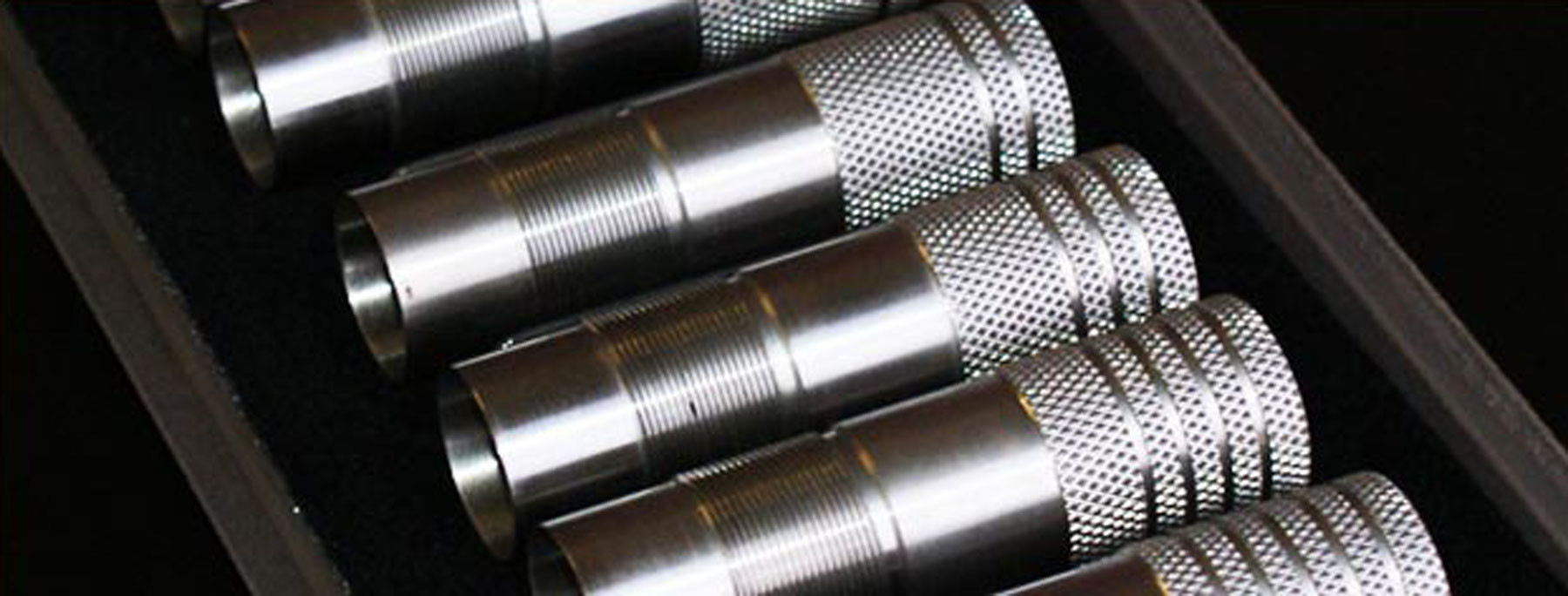
Whether you are hiking in the prairies in search of a flushing pheasant, sitting in a duck blind waiting for flock of mallards to come in, or looking down your barrel at an evading blaze orange clay pigeon, shotgun shooting presents many different shooting situations. With each of these disciplines, your shotgun may need to perform in a certain way to execute the shot effectively. With that being said, the shotguns choke tubes are one factor that can affect how the shot patterns and how effective it is at a specific distance. On this issue of Korth Group Outdoor Education we are going to skim the surface of the massive world of shotgun chokes and provide you with some basic information behind them.
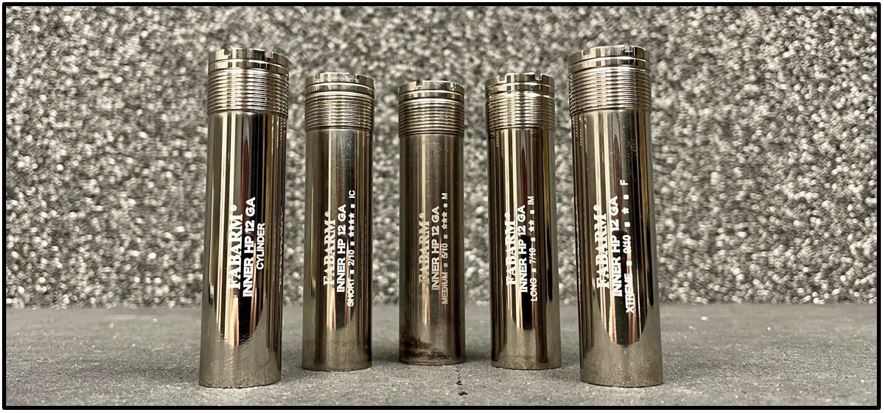
I guess we should define what a choke is. A choke is a constriction at the end of a shotgun muzzle that patterns the shot pellets in a specific fashion/size. The tighter the constriction of the choke the tighter the shot density is going to be and more effective at extended ranges.
When looking specifically at shotgun ammunition, the number associated with the shot size indicates how big the pellets are but also relates to the volume of pellets housed in one shell. The higher the number the smaller the pellets and the more the shot shell contains. The size of the shot effects chokes differently depending on the number of pellets the shell contains and the pattern size you want to achieve based on the distance to the target.
It is not uncommon for different manufacturers to have different markings on their choke tubes for the respectable size when compared to others. They may even have different naming systems as well. The most common designation in North America, from widest to tightest, is Cylinder (C), Improved Cylinder (IC), Modified (M), Improved Modified (IM), and Full (F). Some manufactures have their own proprietary name system like Fabarm, for comparison and in the same sizing order, they categorize their choke sizes as Cylinder, Short, Medium, Long, and Xtreme. Choke tubes tend to be engraved or stamped with these names or sizing designations on the side of the choke or on the rim of the tube for easy identification when it is installed in the barrel.

Although there are many different gauges of shotguns, for this writeup we are going to focus on 12 Ga with the bore diameter of 0.729″. Here is the North American designation for some of the most common choke tube sizes and their bore diameter. There are lots of intermittent choke sizes outside of these five, however, these are the most popular that will typically be included with new firearms when purchased.
CYLINDER
- Choke bore diameter 0.729”
- Zero constriction of the shot
Allows for the most open pattern for situations where the target is coming towards you, like in skeet on the side stations or the rabbit in sporting clays, for example.
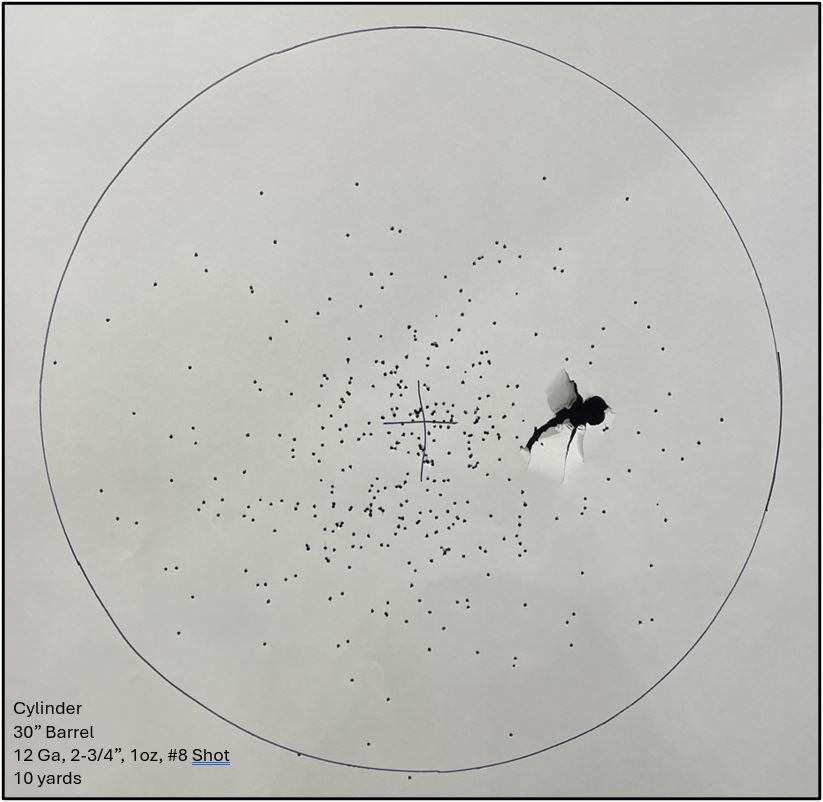
IMPROVED CYLINDER
- Choke bore diameter 0.719″
- 0.01” constriction from bore diameter
Arguably one of the most popular chokes for general purpose due to it’s choke constriction. It covers anything from 16-yard trap to multiple stations in sporting clays and the centre stations in skeet.
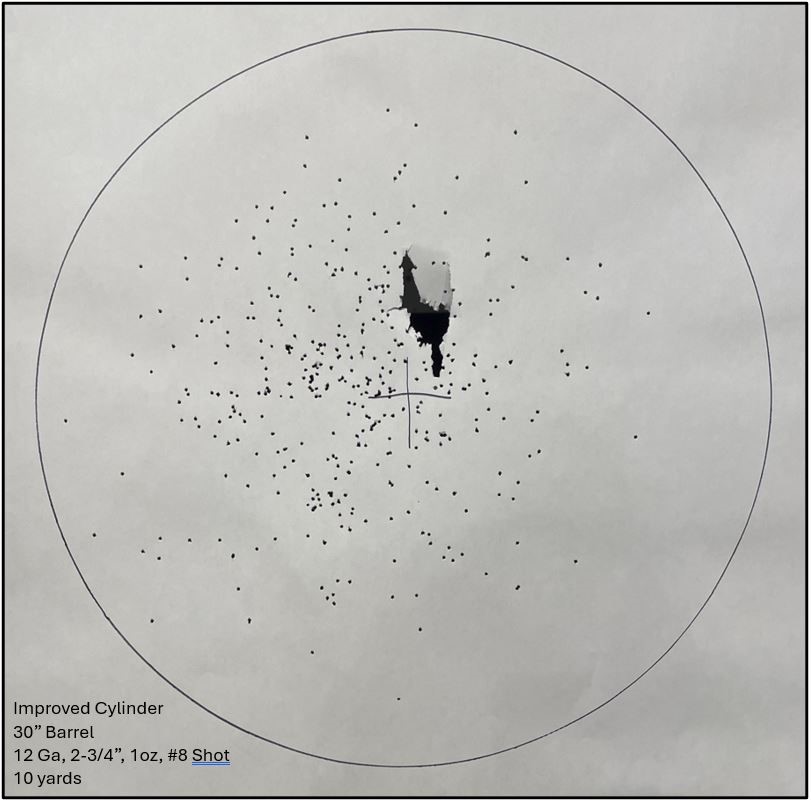
MODIFIED
- Choke bore diameter 0.709″
- 0.02″ constriction from bore diameter
Similar to Improved Cylinder, another very popular and versatile choke tube choice for multiple disciplines. More of a popular choice once you start getting into further shots like Handicap Trap.
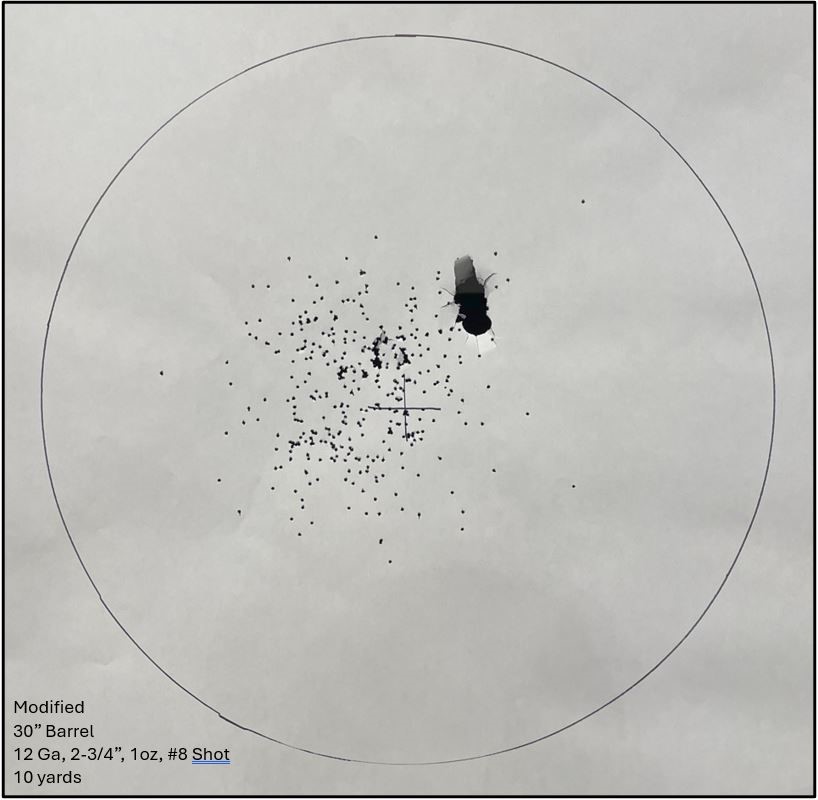
IMPROVED MODIFIED
- Choke bore diameter 0.699″
- 0.03″ constriction from bore diameter
Catering more towards a Handicap Trap specific choke due to the extended range capabilities. This may also be admired by some waterfowl hunters who need to take some longer shots.
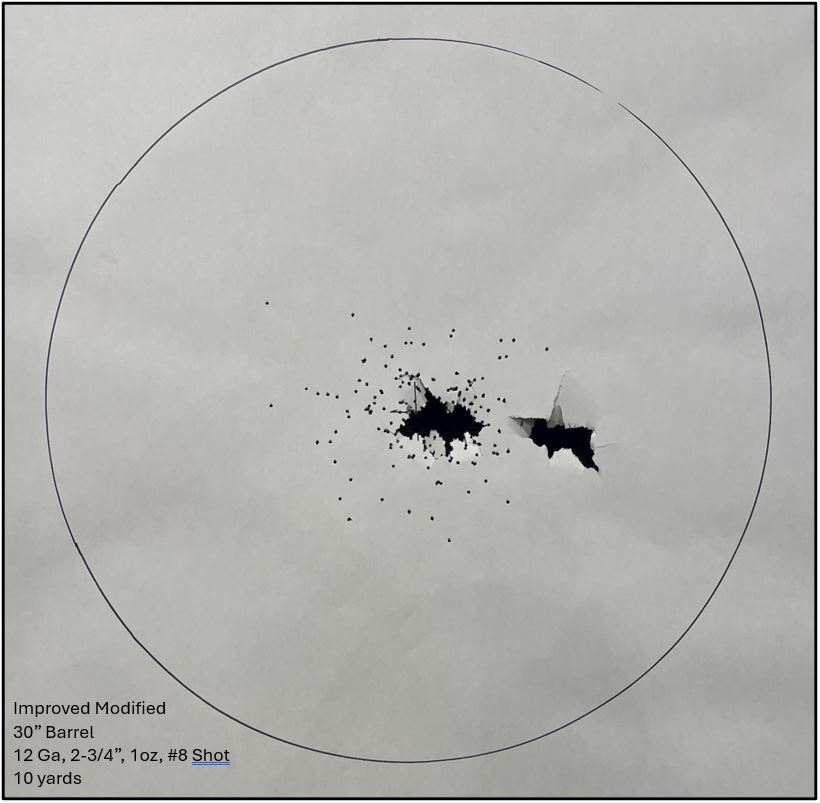
FULL
- Choke bore diameter 0.689″
- 0.04″ constriction from bore diameter
This choke gives you great chances at distant shots. Whether it is high tower clays or extended range shots on upland birds in the late fall.
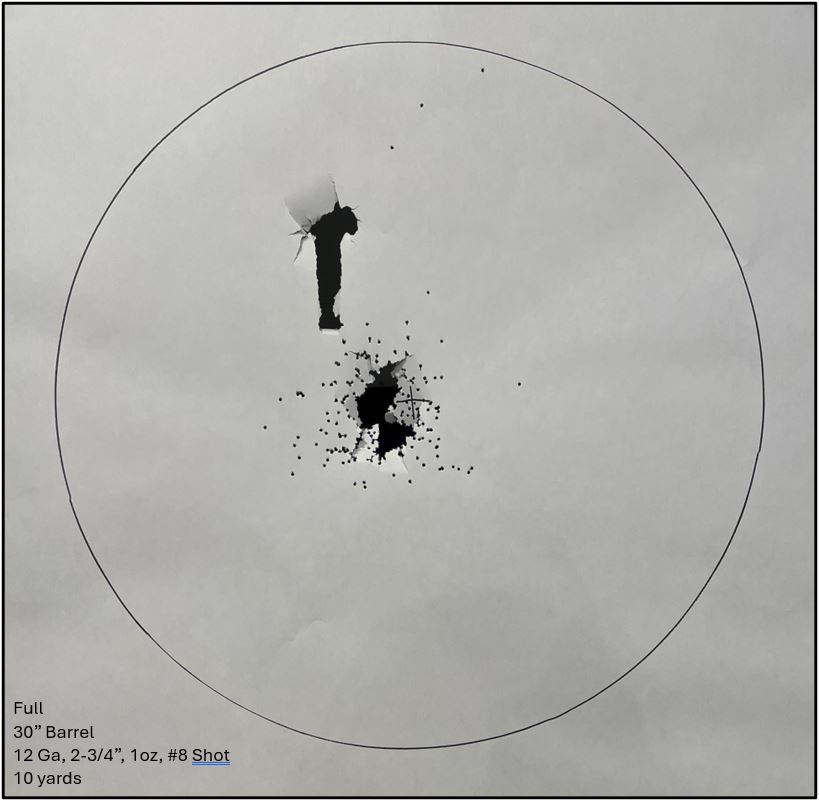
Some choke tubes are Flush fitting and others are Extended. Flush Chokes will sit flush with the end of the barrel and Extended Chokes protrude past the end of the barrel when fully installed. One can argue that the Extended Choke Tubes have a profile that allows for a more accurate patterns due to the extended length and taper profile.
In some situations, not all bore diameters are created equal. One may need to confirm their actual bore size with a choke gauge or bore micrometer to determine the amount of constriction each choke tube is going to achieve based on the relation to the actual barrel diameter.
One important point to keep in mind, like with any gun, is that the ammunition must like the barrel/choke tube and the barrel/choke tube must like the ammunition. With that being said, the same ammunition is going to shoot differently from barrel to barrel and choke tube to choke tube so finding the right combination of ammunition and choke tubes with your shotgun is key to the accuracy and patterns you are wanting to achieve.
Like many disciplines in the shooting/hunting industry, the education behind different chokes tubes can be a rabbit hole. There is lots more information behind choke tubes but hopefully this gives you some basic understanding on their purpose and when to use what choke tube size.
